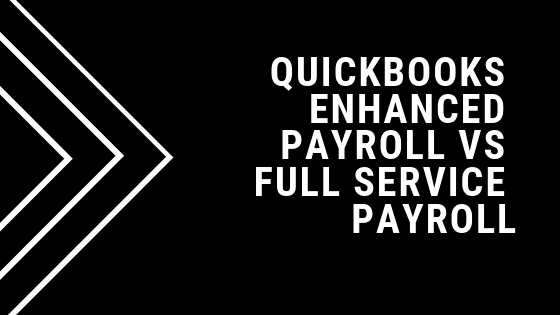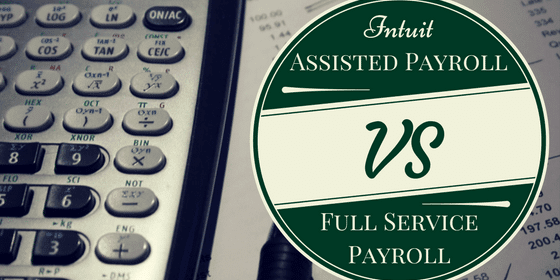Pete Real
In March 2014, President Obama directed the Department of Labor (DOL) to review the rules governing exemption from overtime pay under the Fair Labor Standards Act. DOL promulgated the proposed new rule in July 2015 and requested public comment. Following the comment period, it issued the final rule in May 2016 with a planned effective date of December 1, 2016. On November 22, however, a Texas federal district court issued a preliminary injunction blocking implementation of the new rule nationwide. The Obama administration has since announced that it will appeal the decision to the Fifth Circuit Court of Appeals.
Current FLSA Exemption Rules
Before we consider the impact of both the new rule and the injunction, let’s review the existing FLSA exemption rules. The Fair Labor Standards Act dates from 1938, although the overtime exemption rules have evolved over the years and were last updated in 2004. To be exempt from the requirement for overtime pay, an employee must be paid at least $455 per week ($23,600 annually), must be paid on a salaried (not hourly) basis, and must perform exempt duties. Obviously, it is the third standard which creates confusion.
There are three types of exempt job duties: executive, professional, and administrative. The professional exemption is the most straightforward; it applies to those who must have extensive and specialized training to perform their job. Doctors, dentists, lawyers, architects, engineers, clergy, and teachers are common examples. However, the degree of training matters. For example, a registered nurse (RN) is exempt, but a licensed practical or vocational nurse (LPN/LVN) is not, as an RN must have a baccalaureate degree. Similarly, an accountant is exempt but a bookkeeper is not; a scientist is exempt but a technician is not.
The administrative exemption is also tricky; it applies to the support staff of a business (as opposed to “line” employees) who perform office or non-manual work. However, to be exempt, an employee must handle “matters of significance” for the business. Common standards are that the employee has the authority to deviate from company policy without prior approval or to commit the company on a financially-significant matter. The average secretary, regardless of title, does not meet the exemption standard.
Finally, the executive (which is better thought of as “managerial”) exemption is based on a three-pronged test: supervision of two or more employees, management as a primary function, and significant control over the hiring, firing, discipline, promotion, and assignment of employees. The exempt/nonexempt line here blurs most often when someone in an assistant manager role performs many of the same functions as a line employee. For example, a night manager at a restaurant who may spend much of his or her time cooking, cleaning, serving, or cashiering is nevertheless exempt if he or she is “in charge” of the store during the shift. Conversely, an assistant manager with similar duties who works primarily while the general manager is on duty is probably not exempt.
The New Salary Test
The updated rule slated to take effect December 1 raised the minimum salary for FLSA exemption to $47,476, doubling the number of workers affected. (The old rule was based on the 20th percentile of full-time workers; the new one is based on the 40th percentile.) This would have widespread impact on the retail and service sectors, and particularly the restaurant industry. The new rule also makes increases to this salary level automatic, occurring every three years.
Employer Responses to the New Rule
There are essentially two ways to handle the new salary threshold: raise the employee’s salary to keep him or her exempt, or pay overtime. (Note that whether an employee is paid on a salaried or hourly basis has no impact on overtime. A nonexempt salaried employee must still receive overtime, calculated based on the weekly salary divided by 40 times 1.5. Of course, to be exempt, an employee must be salaried.)
A simple approach is to “back into” an appropriate hourly rate that equals the pre-rule change salary, accounting for any expected overtime. For example, a restaurant manager is salaried at $31,200 annually and expected to work 50 hours per week. To convert the manager to a nonexempt hourly rate, take the weekly pay ($600) and divide by 55 (40 hours of straight time plus 10 hours at the 1.5 overtime rate). This yields $10.91 per hour. Assuming the manager continues working 50 hours per week, he or she will see no change in pay.
What Now?
A preliminary injunction is temporary, so there are several possible outcomes. The Fifth Circuit could overturn the lower court on appeal, reinstating the new rule. If the ruling is upheld and subsequently heard by the Supreme Court, and upheld there as well, DOL will have to write a new rule.
Congress could act, but under the Obama Administration any legislation countering the new rule would have been vetoed. It seems safe to assume that President Trump is unlikely to veto such action by Congress. If the appeal has not been resolved by Inauguration Day, the new president could also order DOL to withdraw it. Finally, the president could order DOL to rescind the rule, but that is a complex and time-consuming process.
Because the injunction came so close to the implementation date, many employers had already implemented changes to comply. Obviously, withdrawing those changes would at the very least generate significant discontent among employees. Furthermore, if the rule is ultimately implemented, past court decisions have split on whether employers would be responsible for making up wages owed under the new rule while a resolution was pending. The bottom line: move carefully, and preferably with legal advice.
















